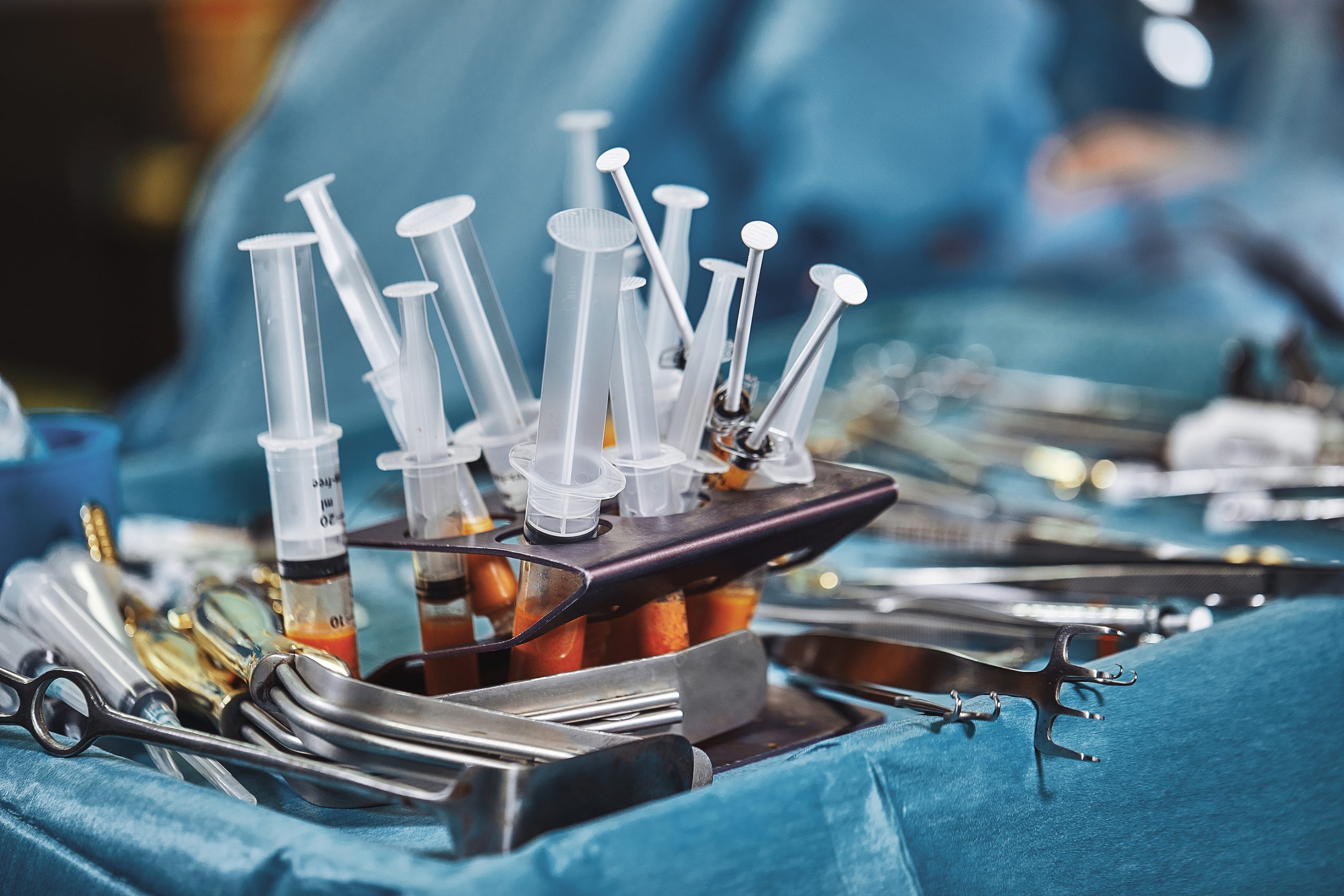Fat Grafting of the Hands and Feet
Fat grafting of the hands and feet attempts to improve function, restore lost volume, and improve appearance in patients who have suffered trauma, injury atrophy or pain. Highly experienced plastic surgeon Dr. Solomon Azouz in Dallas is skilled in cutting-edge methods to improve pain, form and function of the feet and hands. He provides patients with individualized treatment and outstanding outcomes. Board-certified plastic surgeon Dr. Azouz has helped many patients regain the function of their hands and feet, including after work-related traumatic incidents. Dr. Azouz works closely with foot and ankle surgeons as well as podiatrists to deliver the best care.
Why fat transfer to the hands or feet?
Fat grafting in the hand or foot is a surgical treatment that restores lost volume and improves function following a variety of injuries or conditions. Soft tissue defects are irregularities in the tissue layers beneath the skin of the hand or foot. These disturbances can impact different facets of hand and foot function and vary in magnitude and intensity.
These tissues are essential for many functions, such as:
- Providing structure and support: Soft tissues such as muscles, tendons, and ligaments support and stabilize the body by allowing movement and maintaining the shape of diverse structures.
- Protecting important structures: Deeper soft tissues and fat serve as cushions to prevent damage to blood vessels, bones, and nerves.
- Facilitating movement: The muscles and tendons must work well together for coordinated movement, allowing for walking, grasping objects, and bending.
- Maintaining homeostasis: Soft tissues help regulate temperature, blood flow, and immune system function.
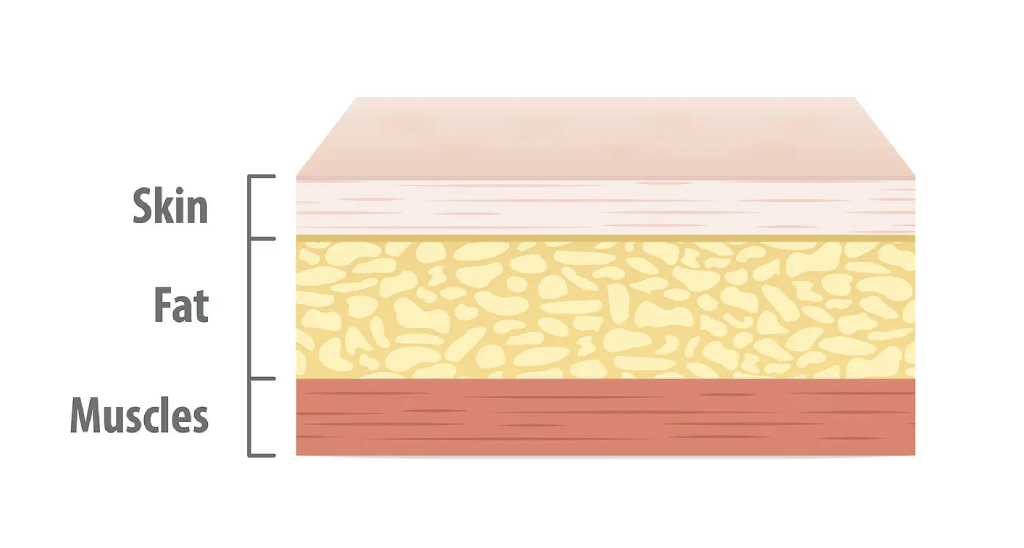
What causes soft tissue injuries?
Soft tissue problems can be caused by a variety of factors, such as:
- Trauma: Cuts, scrapes, burns, and bites can all cause soft tissue damage, resulting in varied degrees of severity.
- Surgery: Soft tissues may be purposely removed or weakened in order to get access to deeper structures or treat specific disorders.
- Infection: Untreated infections can harm soft tissues, resulting in abscess formation and tissue loss.
- Medical conditions: Diabetes and vascular insufficiency are two medical diseases that can impair blood flow, resulting in tissue disintegration and necrosis (tissue death).
- Pressure sores: Prolonged pressure on certain places, particularly in those with limited movement, can result in skin breakdown and deeper tissue injury.
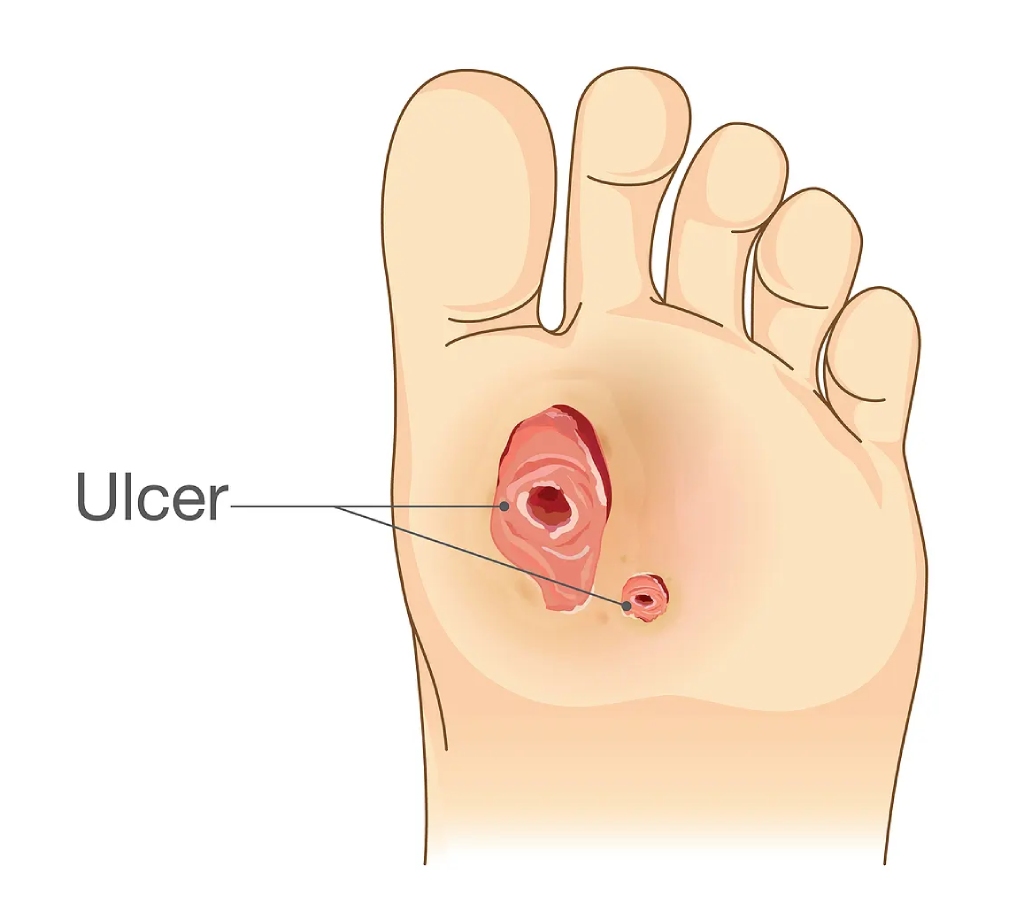
What are the symptoms of soft tissue injuries?
Soft tissue abnormalities in the hands and feet can have serious consequences for a person’s life. Depending on its location and size, the deformity may interfere with important functions such as holding items, walking, or recognizing sensations. Exposed nerves or damaged tissue can cause severe pain and discomfort, reducing the quality of life. These damaged nerves may cause significant discomfort, especially with amputation injuries. Furthermore, open wounds and exposed tissues are more susceptible to infection, which may represent a health risk.
Benefits of Fat transfer to the hands and feet
Patients can benefit from improved function after trauma to the hand or foot. This operation can help patients restore mobility, alleviate pain, and provide a more balanced appearance in the affected areas by restoring lost volume and shape. For amputation injuries, fat grafting can improve padding and help the prosthetic fit more comfortably.
- Filling defects: By efficiently refilling absent tissue, fat grafts can improve the appearance of the hand or foot and restore their natural contour. This is particularly useful for injuries that cause depression or hollowing.
- Improved grip and dexterity: Regaining lost volume in the hand’s thenar eminence (the fleshy area at the base of the thumb) or fingertips can dramatically improve grip strength and dexterity. This provides greater control over objects and makes daily chores easier.
- Padding and support: Fat grafting in the foot can be utilized to cushion weight-bearing areas on the sole or toes. This helps to distribute pressure more evenly, reducing pain and increasing balance while walking or jogging.
How is fat grafting of the hand or foot performed?
Part 1: Fat Harvesting
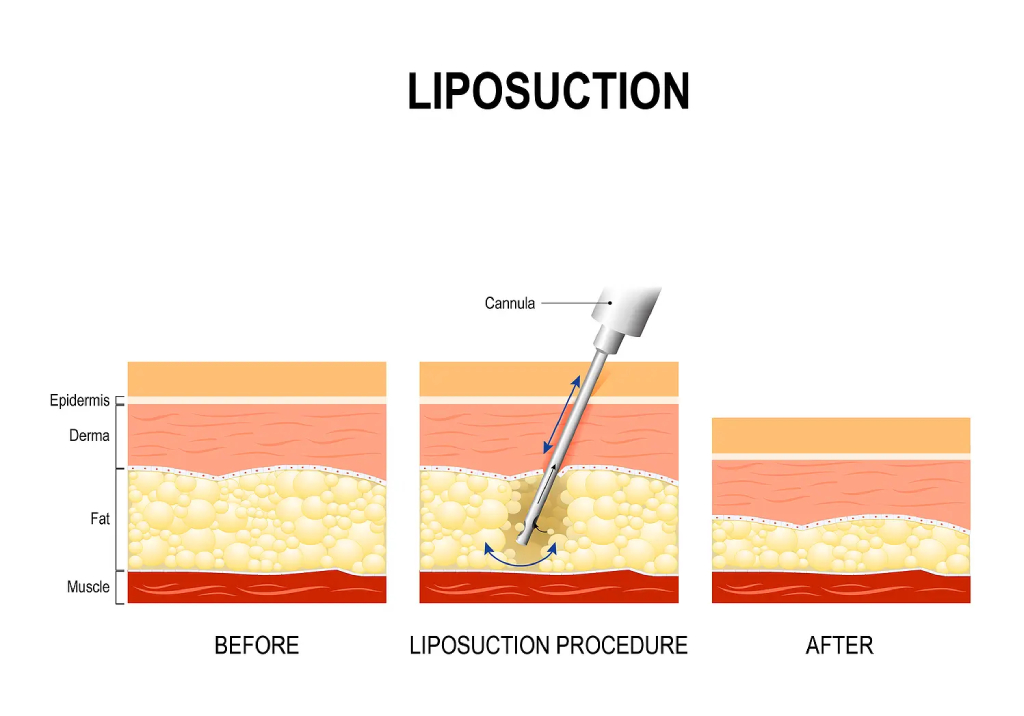
- Liposuction: Dr. Azouz will first choose an appropriate donor location on your body, which is usually an area with extra fat, such as the belly, thighs, or buttocks. A thin cannula (tube) is placed through a small incision, and a tumescent fluid (including saline, lidocaine, and epinephrine) is administered to inflate the tissue and reduce bleeding. Dr. Azouz then uses gentle suction using the cannula to remove a controlled amount of fat tissue.
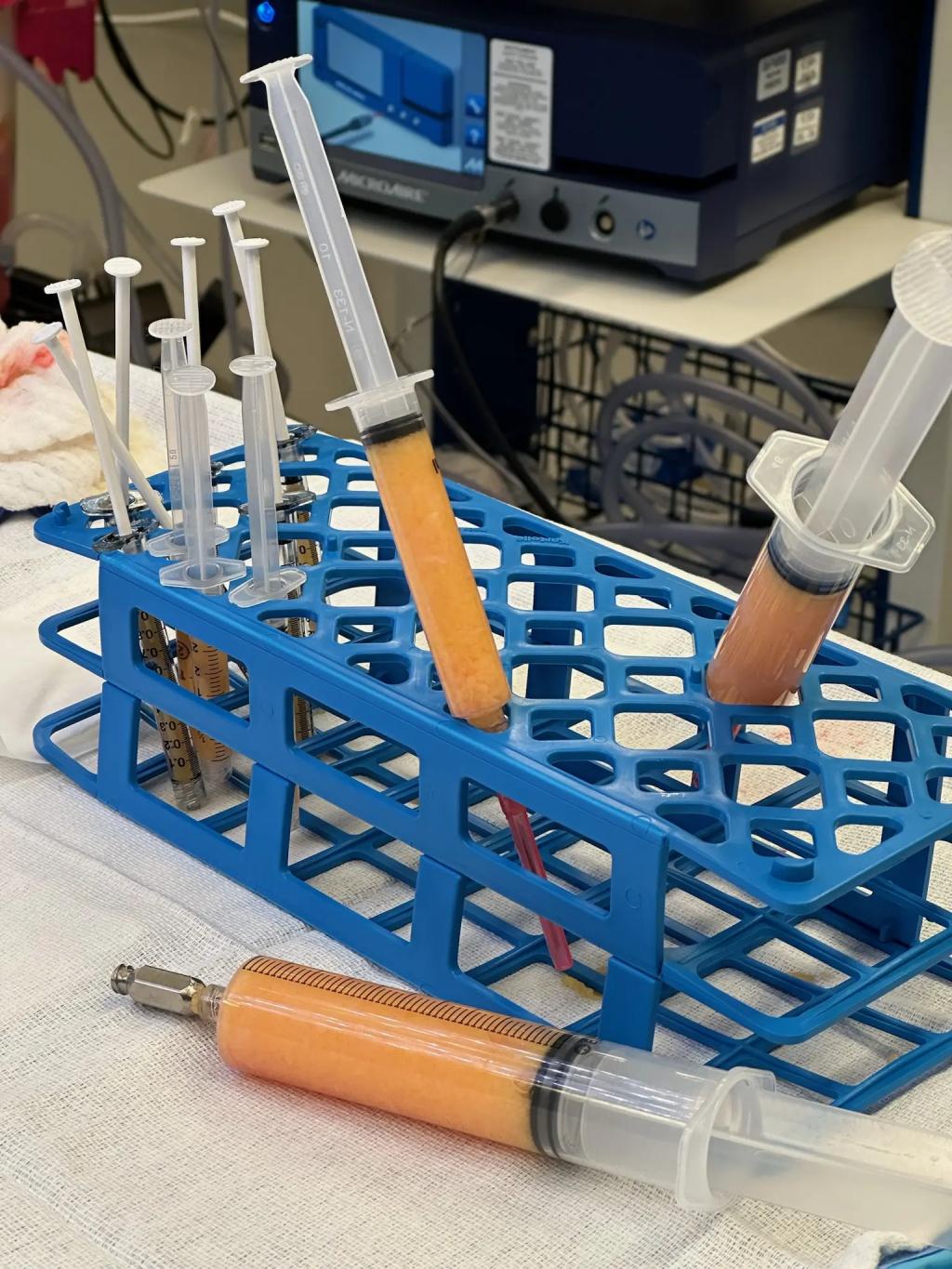
- Fat Processing: The obtained fat is subsequently processed in a sterile setting. This process entails separating fat cells from blood, oil, and other waste products. Centrifugation and saline solution washing are techniques used to generate a purified and concentrated preparation of viable fat cells for grafting.
Part 2: Fat Injection
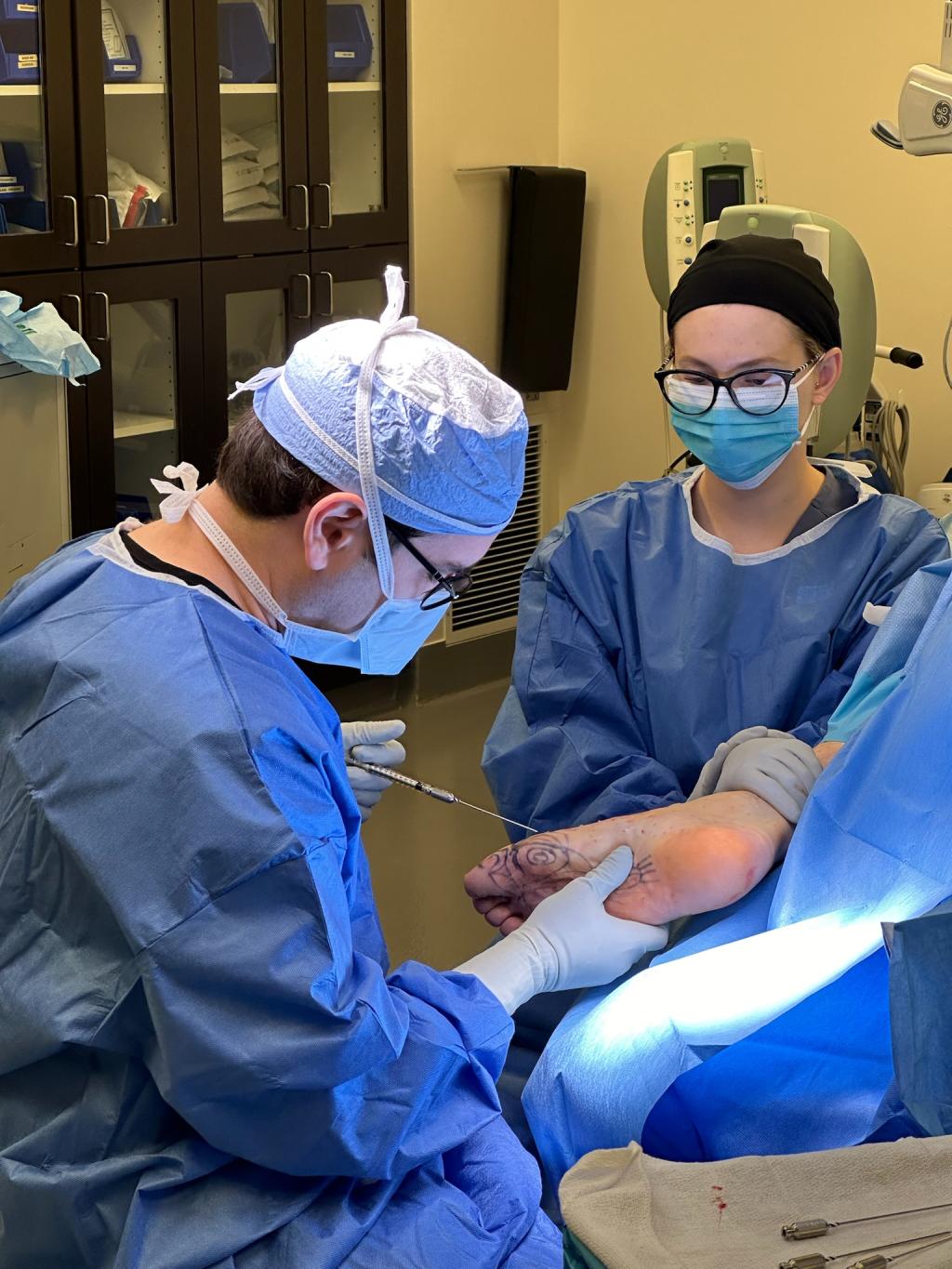
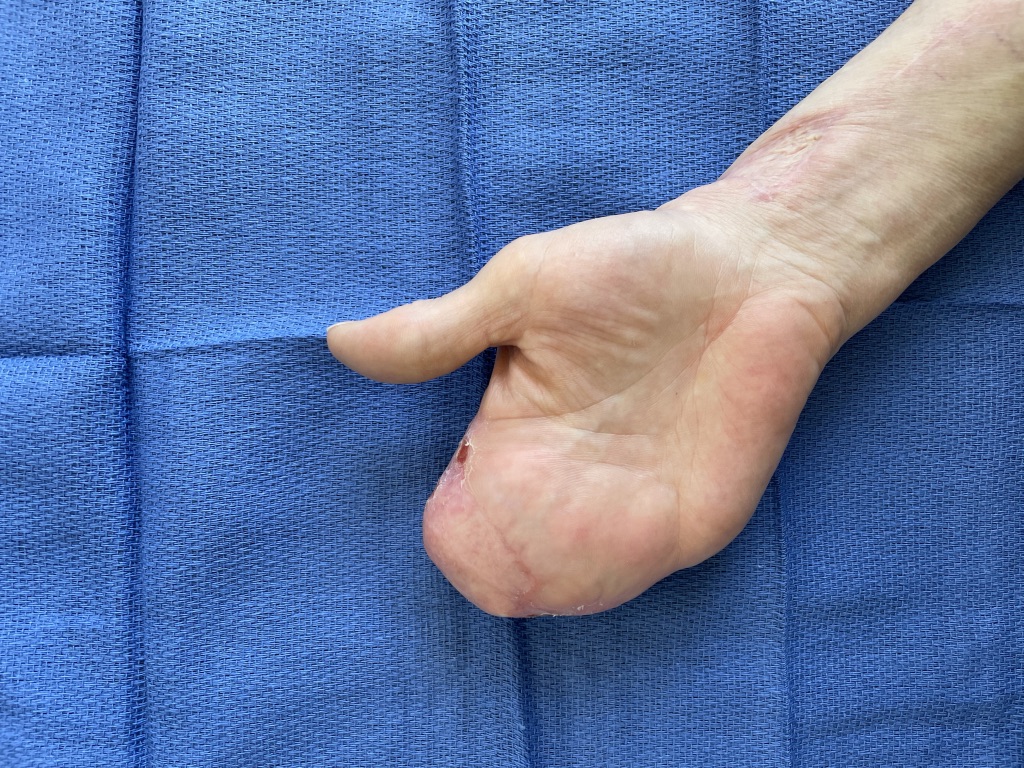
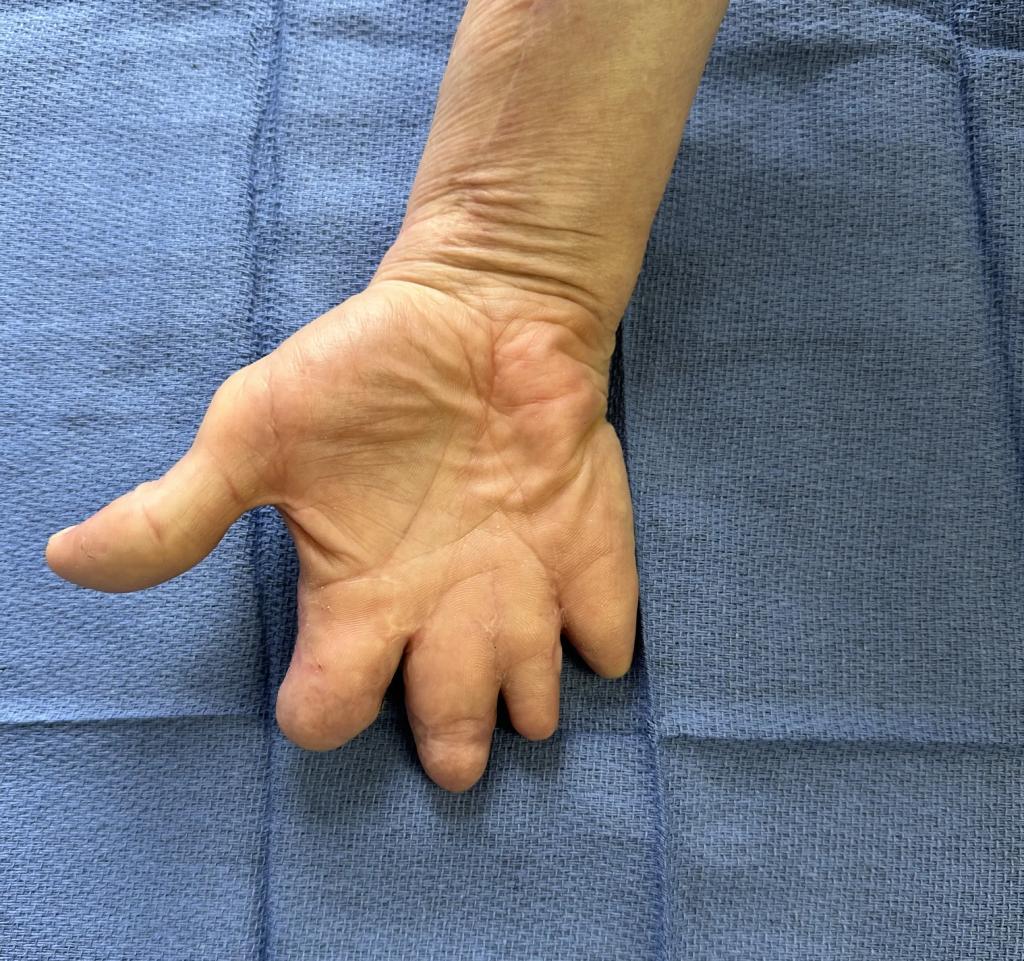
What is the anesthesia for fat transfer to the hand or foot?
To avoid the postoperative side effects associated with general anesthesia, board-certified plastic surgeon Dr. Azouz uses sedation with local anesthesia. This keeps the patient comfortable during the procedure and also controls pain for up to 24 hours after the surgery. The local anesthetic is used in both the area of liposuction, or donor fat site, and the fat transfer area
What are the risks of fat grafting of the hands and feet?
Fat grafting of the hands and feet is subject to surgical procedure-related risks and consequences, such as bleeding, asymmetry, infection, and fat resorption. During the consultation, board-certified plastic surgeon Dr. Azouz will talk to patients about these concerns and take the appropriate safety measures to reduce the possibility of negative results.
What is the recovery for fat grafting to the extremities?
Following post-trauma fat grafting, the treated areas usually experience minor discomfort, swelling, and bruising during the recovery phase. Dr. Azouz will recommend compression garments for the fat donor area to help with bruising and swelling after drainless liposuction. After surgery, most patients are able to return to their regular activities in a few weeks.
Can you combine surgeries with fat grafting?
In order to address several concerns in a single surgery, post-trauma fat grafting of the hands and feet might be combined with other surgical operations including skin grafting or scar revision. In order to achieve complete improvements in function and aesthetics, Dr. Azouz will create a treatment plan that is specifically tailored to each patient’s needs and objectives
What is the cost of fat transfer to the hand or foot?
Depending on the complexity of the treatment, the amount of fat tissue needed, and additional factors like facility fees and anesthesia charges, the cost of fat graftingof the hands and feet might vary. If the initial injury was a work-related incident, workers’ compensation carriers cover the cost of reconstructive surgery. It’s important to note that the liposuction performed in these instances can be limited to obtaining only the fat tissue required for the graft itself.
Schedule a consultation with Dr. Azouz in Dallas
Post-traumatic fat grafting of the hands and feet is a revolutionary surgical procedure that can improve a patient’s quality of life and aid in their recovery from trauma-related ailments. Because of his expertise in this particular technique, board-certified plastic surgeon Dr. Azouz will create a personalized approach to each patient to help them achieve their goals. If you are interested in fat grafting to your hand or foot, contact us online or call the office at (972) 702-8888 to schedule a consultation with Dr. Azouz
| Monday | 9AM-5PM |
|---|---|
| Tuesday | 9AM-5PM |
| Wednesday | 9AM-5PM |
| Thursday | 9AM-5PM |
| Friday | 9AM-5PM |
| Saturday | Closed |
| Sunday | Closed |
Frequently Asked Questions
Fat grafting can restore volume to places such as the thenar eminence (muscle pad at the base of the thumb) and fingertips, which could enhance grip strength and dexterity.
Fat grafting to the foot can increase cushioning and improve shock absorption and may help in relieving discomfort caused by plantar fasciitis.
Yes! Fat grafting can restore volume loss in the foot, resulting in a more uniform and aesthetically pleasant look. However, it is critical to control expectations and recognize that fat grafting may not be able to fully restore the pre-weight loss or pre-surgery appearance and that other factors such as skin elasticity and underlying tissue structure also influence the final result.
While not completely permanent, fat grafting produces long-term results. Typically, 50-70% of the injected fat cells survive, resulting in volume gains over several years. However, slow resorption might occur over time, requiring touch-up procedures to preserve the desired results.
